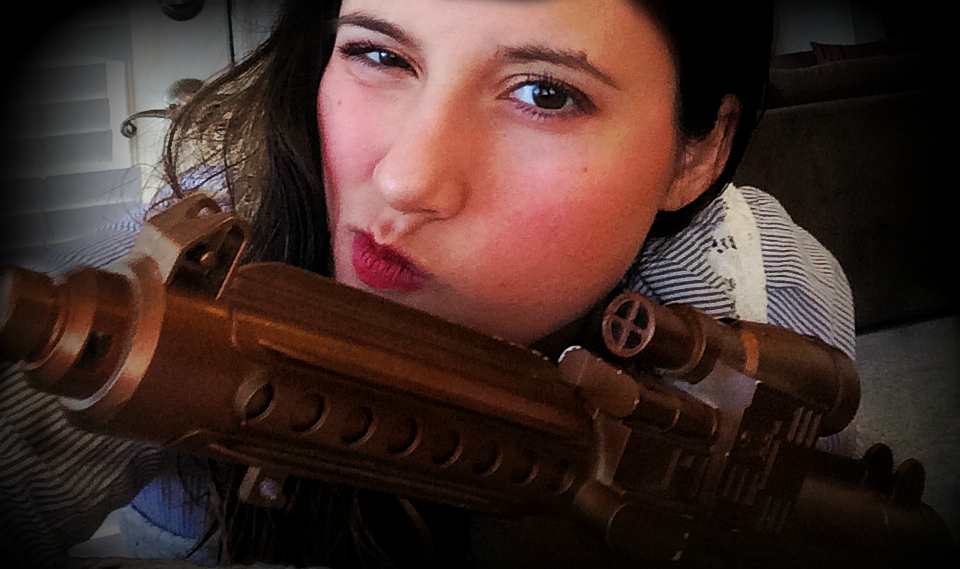Ever since ancient times, women have often been used as symbols in art created by men. A woman or girl frequently signifies qualities such as innocence, beauty, or fertility. On the flip side, females are often portrayed as the exotic femme fatale seductress. Either way, none of these representations can represent the diversity of women as a whole. This paradox of the innocent/tainted girl has certainly become tired over the centuries.
As casual feminism went mainstream in the late 20th century, it became common- even “trendy”- for writers to create female characters who could fight pose cutely with a weapon, who could stand up for themselves mouth off to the male protagonist, who were different surprisingly identical. The world welcomed the a brand new trope: the spunky, action-girl, Strong Female Character.
And so the development of female characters was set back centuries.
“Wait, what? Isn’t this a good thing? Strong Female Characters provide good role models for young girls! They’re brave! They’re cool! They’re awesome!”
Not so fast, my dear reader. While Strong Female Character isn’t quite as objectified as Damsel in Distress or Femme Fatale, she isn’t necessarily a great deal better. She’s still a one-dimensional stereotype, and still a fabricated standard for young women to try to emulate. Frequently relegated to fanservice, she’s often oversexualized and aimed at the male gaze. All this harkens back to the sexist trope that seems to constantly repeat itself throughout history: “Men act. Women are.”
So, if the Strong Female Character doesn’t cut it, what do our stories need? Well, maybe there’s a way we can… Improve the Strong Female Character. Maybe “strong” doesn’t just have to describe her physicality or attitude. Maybe Strong Female Characters can be more different and less stereotyped.
A truly strong female character should have eyes that see instead of just wink and gaze alluringly. Her legs exist to take her places, not to be ogled at. Her fingernails are not perfectly painted and unchipped after she has just finished a fight with the bad guy. She could wear makeup and keep up with the fashions, but she doesn’t have to. She might prefer a book and a cup of tea to a wild party, but she might not. She could be a straight-A student, or she could be more street-smart. She may like wearing pink. She doesn’t have to wear pink.
To sum all this up, a real Strong Female is not fanservice. She is not a tired old trope. Strong Female characters should be realistic: varied, different, possessing strength, but also flaws. Strong Female Characters should be women who real girls can look at and say “hey, that could be me.”

